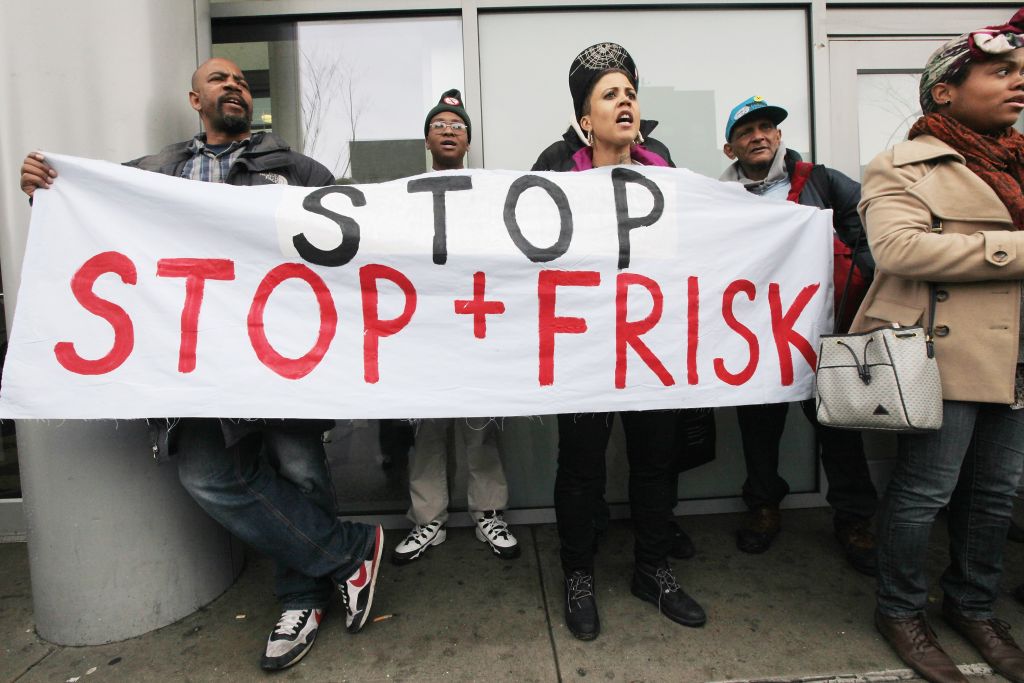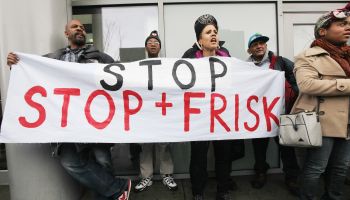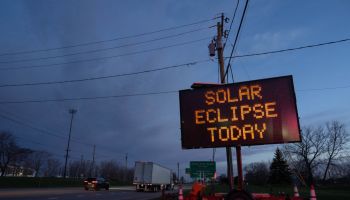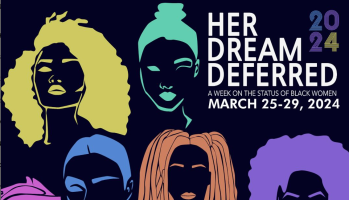
Source: Mario Tama / Getty
Philly.com- It’s not just black people, but entire, predominantly black, neighborhoods that are disproportionately impacted by the Philadelphia Police Department’s use of stop-and-frisk. That’s a key finding of a new analysis of police data from 2014 to 2015 by Lance Hannon, a Villanova professor of sociology and criminology who began analyzing publicly available police data in 2016.
He found that mostly black neighborhoods drew 70 percent more frisks than nonblack areas, yet yielded less contraband. And, he discovered, the elevated rate of frisking was consistent whether the predominantly black neighborhood was a high-crime area or a very low-crime area. Although many African American neighborhoods in the city have low crime rates, he said, “People, police officers, and nonpolice officers tend to judge the dangerousness of a place based on racial predominance. When they think of a black area as being dangerous, they are thinking of the outliers — and all the other neighborhoods that are relatively safe get painted with the same brush.”
Mike Dunn, a spokesman for Mayor Kenney, said that the city is addressing the issue with implicit bias training and that the number of stops identified by the city as problematic has declined by 72 percent.
Hannon’s research supported two findings. First, African Americans are more likely to experience a frisk when stopped. Second, African Americans are more likely to experience unproductive frisks – in which the frisk does not uncover any contraband or lead to an arrest.














